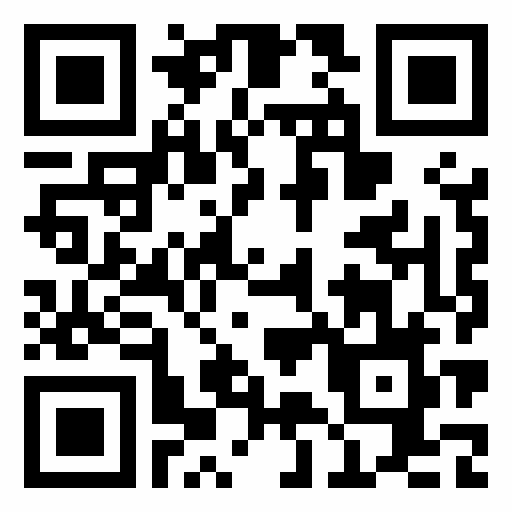In this study, 98 polyhydroxybutyrate (PHB) accumulating bacterial isolates were isolated from rhizosphere of 5 different plants in Taif City, Saudi Arabia. PHB production was tested by Sudan Black B staining on N-free agar and nutrient agar media as a primary qualitative screening method followed by Nile Blue A staining. The results showed that 18 out of 98 isolates were positive for Sudan black B on nutrient agar medium, and 10 out of 18 isolates were positive on N-free agar medium. Seventeen out of 18 PHB producing strains confirmed by Sudan black B staining showed Pink/orange florescence under UV light when stained with Nile Blue A on carbon rich nutrient agar medium. Three isolates (HO1, HO12 and HO17) showed high production of PHB on three different media (nutrient, carbon rich nutrient and N-free agar). The PHB isolates were further characterized by biochemical testing and 16S rRNA sequencing. Partial sequencing of 16 S rRNA was performed in 11 positive PHB producing isolates (HO1, HO2, HO8, HO9, HO10, HO11, HO12, HO3, HO4, HO7, and HO5). Sequences were deposited in the GenBank with accession numbers KY313628.1, KY313629.1, KY313635.1, KY313636, KY313637, KY313638, KY313639 (Acinetobacter haemolyticus), KY313630.1, KY313631.1, KY313634.1 (Acinetobacter lwoffiei) and KY313632.1 (Acinetobacter baumannii). A promising bacterial isolate, Acinetobacter haemolyticus (HO1), was found to produce 47% PHB per dry weight in 72 hr. incubation. This isolate was selected for PHB yield improvement by UV irradiation. The PHB-producing ability of supposed mutant strains of A. haemolyticus (HO1) was found to increase substantially in the range of 51% to 67.05%. Complete cell proteins were isolated from 7 mutants and were compared with parental strain. It was found that the protein profiles of the high PHB-yield mutant strains were generally differed from the protein profiles of parental strain. Plasmid profile results showed that five strains (HO1, HO8, HO4, HO11 and HO5) and seven UV mutants (M2.10, M36.10, M2.5, M3.5, M6.5 and M61.5) harbored one plasmid (25 Kb) except (M3.10) mutant strain which has lost its plasmid on UV irradiation.
